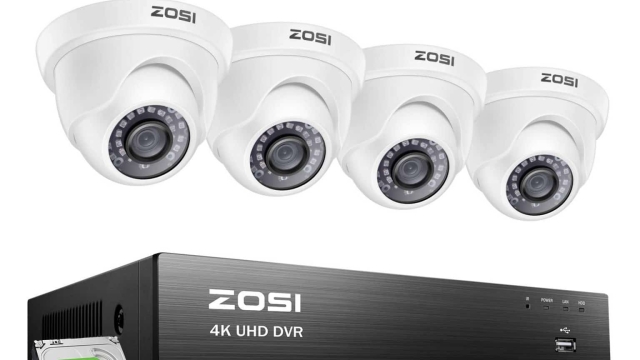In an era where engagement is paramount, interactive content solutions have emerged as a vital tool for brands and educators alike. These solutions not only enhance user experience but also foster deeper connections through participation and feedback. By integrating elements that invite users to interact—such as quizzes, polls, and interactive infographics—organizations can elevate their marketing strategies and educational approaches, creating meaningful interactions that resonate with their audiences.
Types of interactive content solutions for Marketing
There are various types of interactive content that organizations can leverage to captivate their audience. Here are some of the most effective options:
Quizzes and Assessments
Quizzes serve as an engaging way to involve users while providing valuable insights. They can be tailored to assess knowledge, preferences, or personality traits. For instance, a beauty brand might offer a quiz that helps users identify the best products for their skin type. This not only educates users but also guides them toward making informed purchases.
Polls and Surveys
Polls and surveys are excellent for gathering feedback and opinions from users. They can be used to understand customer preferences, gather data for market research, or even gauge interest in potential products. An effective poll can create a sense of community by making users feel their opinions matter, thus increasing brand loyalty.
Interactive Infographics
Infographics are a powerful way to present complex information visually. By incorporating interactive elements, such as clickable sections or dynamic data visualization, users can explore information at their own pace. This approach not only makes learning more enjoyable but also enhances information retention.
Benefits of Using Interactive Content in Education
Interactive content solutions are also transforming the educational landscape, making learning more engaging and effective. Here are some notable benefits:
Enhanced Engagement
Interactive content encourages active participation, which can lead to higher engagement levels among learners. For example, a history lesson that includes an interactive timeline allows students to explore events in a more immersive way, fostering a deeper understanding of the subject matter.
Improved Retention
When students actively engage with content, they are more likely to retain the information. Interactive elements, such as gamified learning experiences, can make difficult concepts more approachable and memorable. This method transforms passive learning into an active exploration of knowledge.
Personalized Learning Experiences
Interactive content can cater to different learning styles and paces, allowing students to progress according to their individual needs. Adaptive quizzes, for example, can adjust difficulty based on a learner’s performance, ensuring that each student receives a tailored educational experience.
How to Choose the Right Interactive Content Tools for Your Needs
Selecting the appropriate tools for creating interactive content is crucial. Here are some considerations to guide your decision-making process:
Define Your Objectives
Clearly outline what you aim to achieve with your interactive content. Whether it’s increasing brand awareness, driving sales, or enhancing learning outcomes, understanding your goals will help narrow down the available solutions.
Assess Your Audience
Knowing your target audience is essential in selecting the right tools. Consider their preferences, demographics, and technological literacy. Tools that resonate with a younger audience may differ from those suited for professionals in a corporate setting.
Evaluate Usability and Integration
Choose solutions that are user-friendly and can seamlessly integrate with your existing platforms. A tool that requires extensive training may hinder your team’s ability to create engaging content quickly. Look for solutions that offer resources and support to facilitate easy adoption.
In conclusion, interactive content solutions provide a powerful way to engage audiences in both marketing and educational contexts. By understanding the types of interactive content available, recognizing their benefits, and carefully selecting the right tools, organizations can create impactful experiences that resonate with users. For those looking to explore comprehensive options for interactive content, a variety of resources are available to assist in this endeavor, ensuring that your content not only informs but also inspires interaction.




